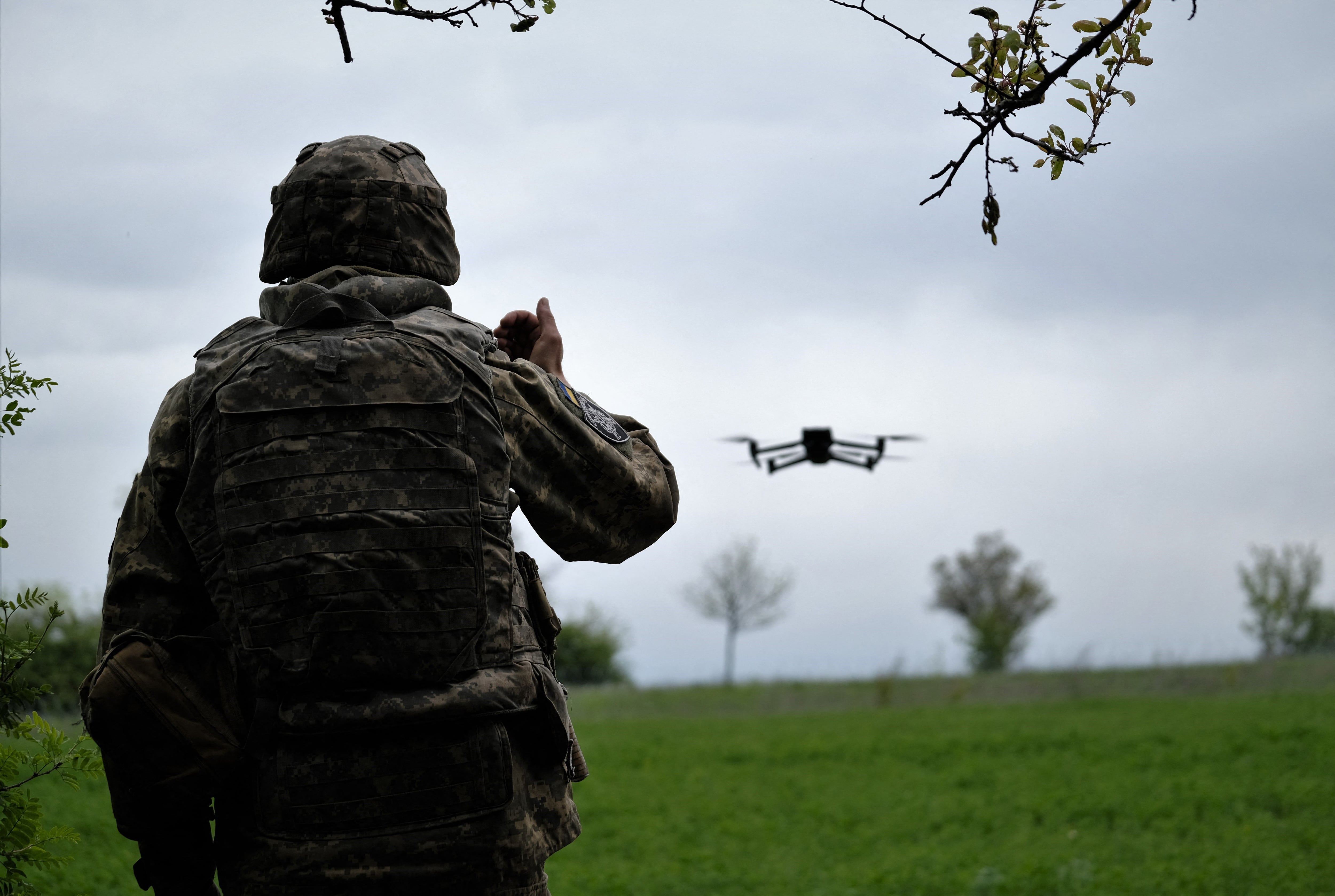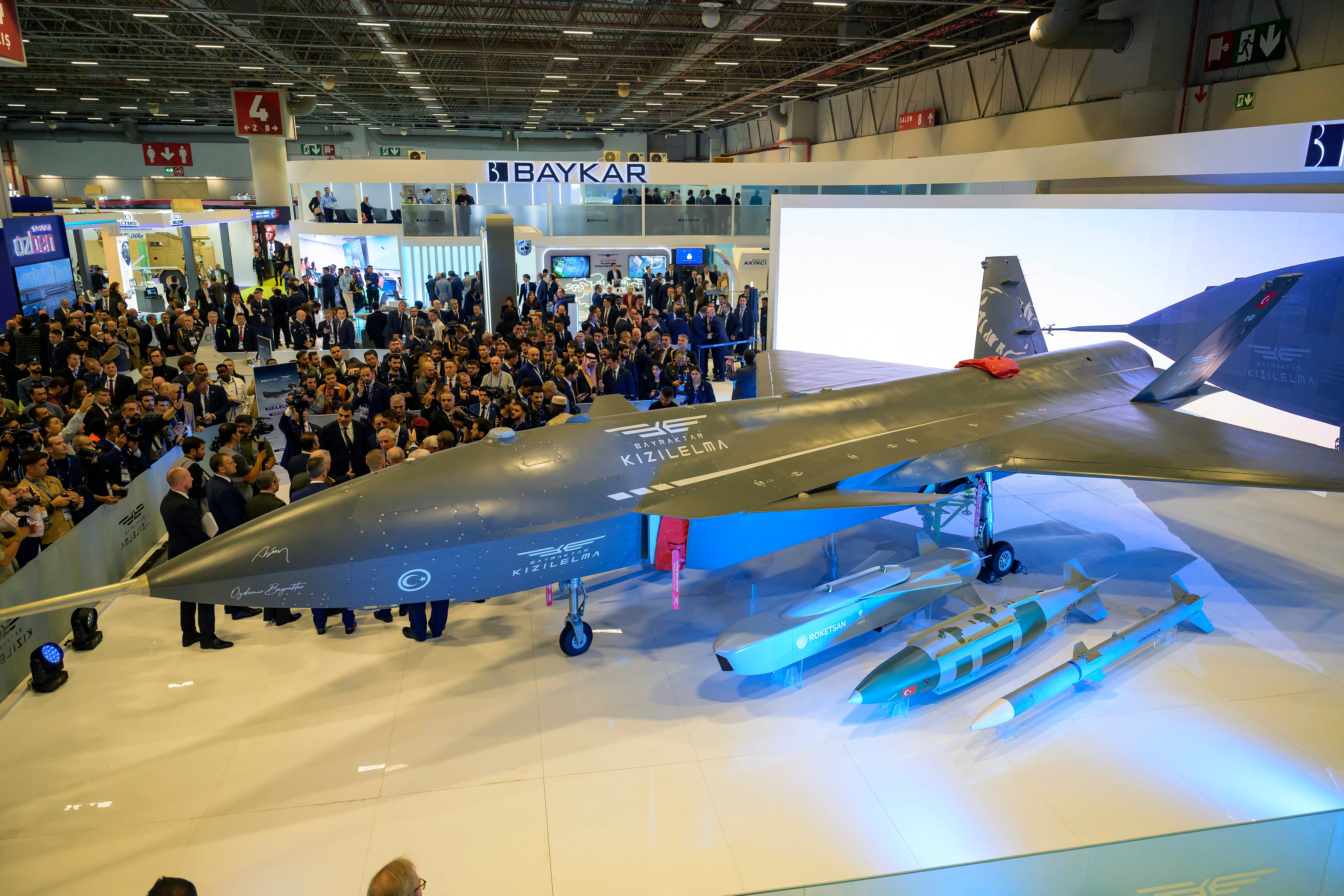The U.S. Department of Defense should utilize new advances in artificial intelligence and machine learning to data mine operational unit digital training calendars and training management systems to find new opportunities for defense technology developers to test with operational end-users.
All service branches use digital training management systems in which operational end users directly input the mission critical requirements and tasks that their units are responsible for executing. They also upload their training schedules in a standardized format. This structured system of unit training plans and requirements creates an organized data set that could be utilized to allow potential developers to find new end-user testing opportunities.
RELATED

Leading technology firms from consumer software to medical devices conduct extensive early user testing and utilize AI/ML tools in real-world environments to improve designs, get user buy-in, and analyze information needed to meet user requirements in an ever-changing environment. Early testing creates the developer confidence necessary to invest resources in further iterating on a design.
Uncertainty in the DoD procurement process and limited access to real end users early in the design process has made it difficult for early-stage developers to understand the risks and opportunities in their product development process. Defense capability developers also do not have the same extensive real-world market testing environments as commercial firms because many defense solutions may only be fully tested in limited amounts of no-fail combat situations. A new tool needs to be developed to enhance this early user testing.
A DoD managed web portal could allow developers to input the features, planned timelines, and potential uses of their new solutions. The portal would then use AI/ML tools to analyze and identify operational units and organizations with the relevant mission types, training events that match new solutions being tested, and request access to test a solution at an identified training event.
Advances in AI/ML data mining tools will allow for the DoD to utilize data already being input into the current digital training systems, analyze existing data formats, and limit changes or disruptions to operational unit’s training reporting processes. Capability specific procurement managers could help manage and prioritize the testing requests coming from developers and prevent unnecessary requests and disruptions to units conducting the training.
Such a portal should be directly available to use by developers, not isolated to a specific office in the Pentagon. This would allow the tool to achieve the scale necessary to make the most significant impact. Limitations will need to be implemented to manage developer access control, access to confidential systems, unit training readiness statuses, training doctrines, and best practices. The protection of sensitive material would need to be of paramount importance, and this could be achieved through appropriate data protection and operational security procedures.
This AI/ML powered testing coordination tool would be a major step in achieving the recently released 2023 DoD Science and Technology Strategy goal to foster a more vibrant defense innovation ecosystem, accelerate the transition of new technology into the field, and communicate effectively inside and outside the department.
Unit training exercises are exactly the forum to introduce new technologies to actual users, build relationships, and foster a collaborative ecosystem. Access to early-stage feedback will help de-risk development and protect funding for new solutions by allowing the developers to know that their solutions show early acceptance with operational units.
“There’s one thing digital engineering can’t replace, and that’s testing,” Air Force Secretary Frank Kendall said in last month. “When you’re doing something that’s going to be radically different than prior programs, you’ve got to get it into testing to validate your design efforts”.
GigEagle
The DoD Defense Innovation Unit is already using AI/ML methodologies to better understand how to utilize the mountains of data compiled by the DoD every day. In 2021 they developed an on-demand talent optimization platform called GigEagle. They are leveraging AI/ML methodologies to collect, analyze, and connect the DoD’s mission needs with available subject matter experts in the Reserve and National Guard components to staff using the current human resource channels.
The DoD should keep up the momentum in using breakthroughs in AI/ML to utilize data already collected and stored internally at the DoD to make existing processes more effective.
Improving these processes is essential considering the War in Ukraine, which has seen an explosion of innovation from previously commercial technologies being adapted for defense uses and commercial technology firms developing defense solutions. The real-world environment has created a testing ground for bold new technology implementations and drawn in new participants through the existential threat posed by war within their country.
The AI/ML assisted testing coordination tool should allow the US to capitalize on advances achieved through real world scenario testing with actual end users without needing to test in a real-world war zone.
Tom Maddux is a principal consultant at Systems Evolution Inc. and was an officer in the U.S. Army Engineer Corps.
Have an Opinion?
This article is an Op-Ed and the opinions expressed are those of the author. If you would like to respond, or have an editorial of your own you would like to submit, please email C4ISRNET and Federal Times Senior Managing Editor Cary O’Reilly.








